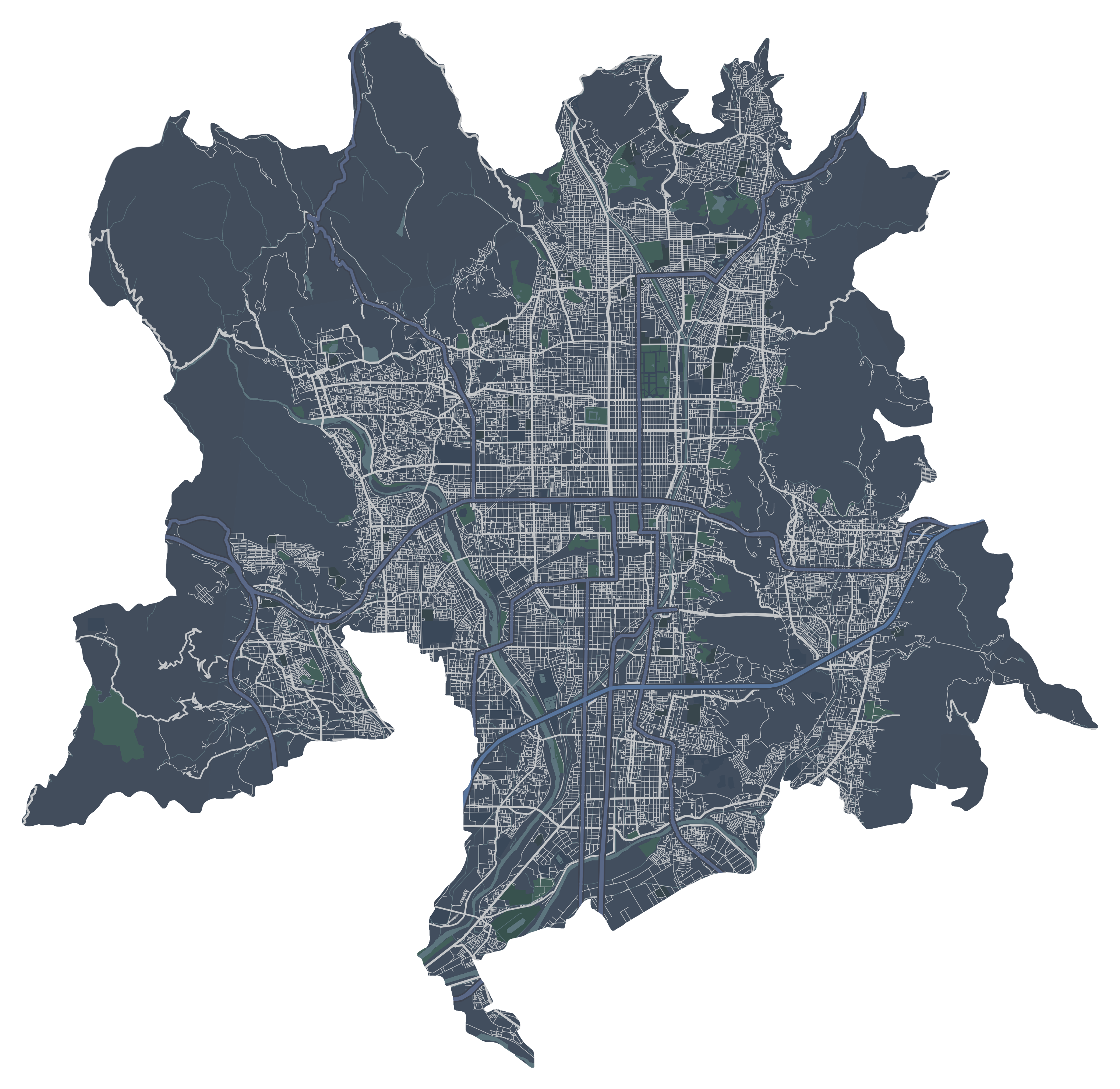
Thanks for visiting my project! Some parts are still on development.
Connect with me on Linkedin!EVENTS
You cannot miss these amazing activities around Kyoto

Baseball Training Camp
Wakasa Stadium
Train with an experienced coach to improve your homerun skills!

Kurama Fire Festival
Kurama Station
The lighting of lanterns in front of each house at sunset is the starting point for the Kurama Fire Festival.
August
Featured Destination
Kiyomizu-dera
Kiyomizu-dera is located on the foothills of Mount Otowa, part of the Higashiyama mountain range that dominates eastern Kyoto. The main hall has a large veranda, that juts out over the hillside and offers impressive views of the city. A famous destination for all type of people.

LOCATIONS
Discover different locations for every taste

HISTORY
A city with a rich past and present history

















